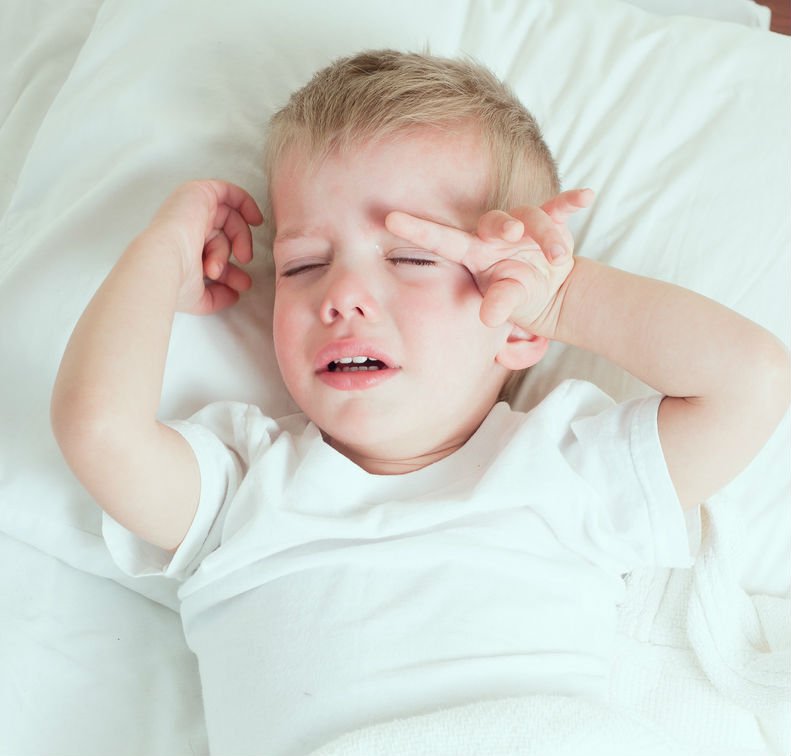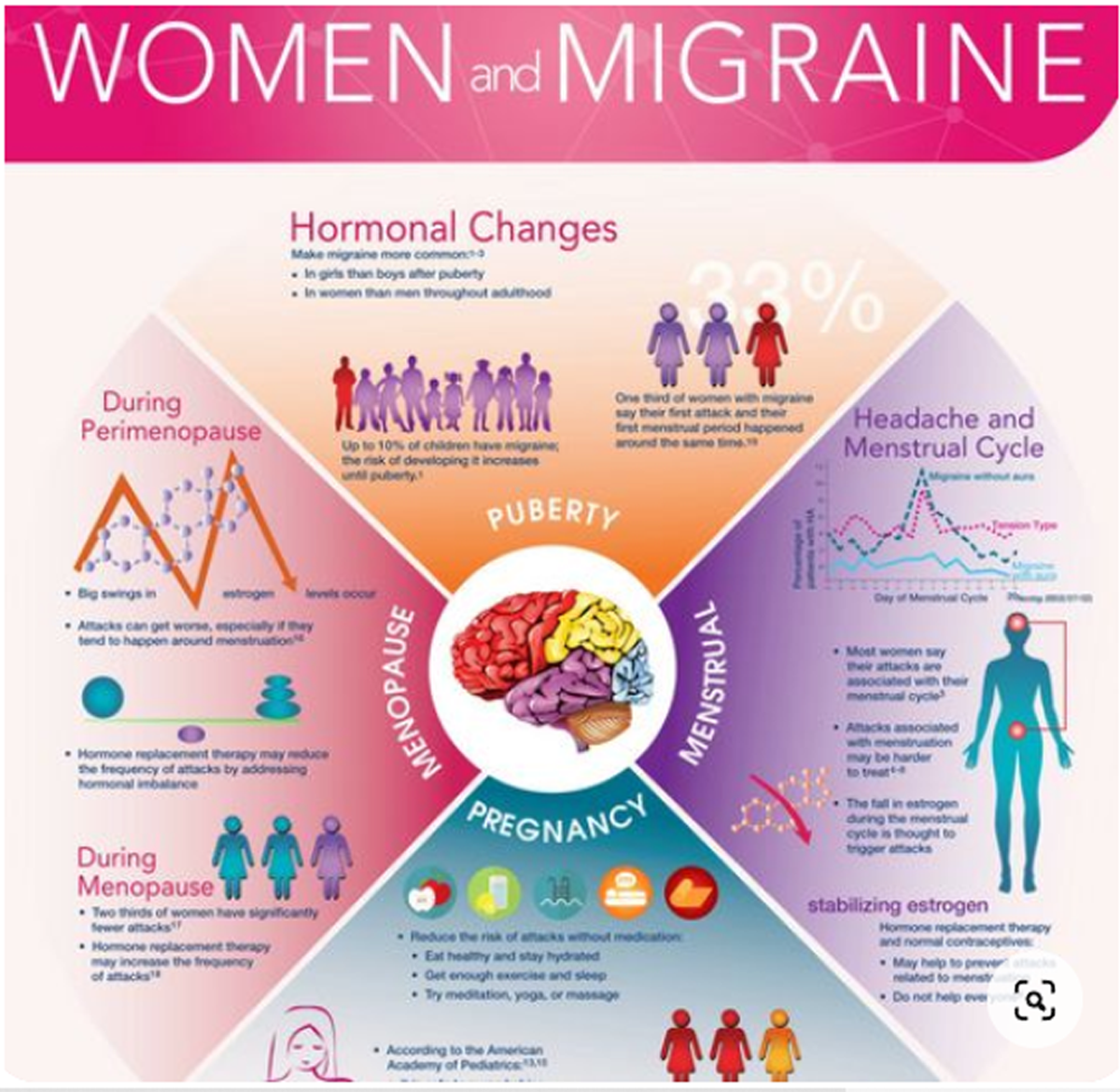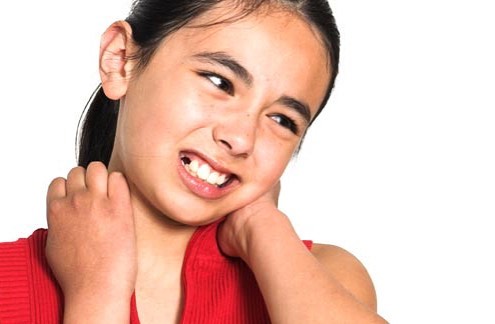Description of Recurrent Headaches in 7-14-year-old Children: Baseline Data From a Randomized Clinical Trial on Effectiveness of Chiropractic Spinal Manipulation in Children with Recurrent Headaches
SOURCE: Chiropractic & Manual Therapies 2023 (Jan 30); 31 : 5
| OPEN ACCESS |
Kristina Boe Dissing, Werner Vach, Susanne Lynge, Henrik Wulff Christensen & Lise Hestbaek
Chiropractic Knowledge Hub,
Campusvej 55, 5230,
Odense M, Denmark.

Background: Headaches in children are poorly described and diagnosing can be challenging. Objectives are: (1) to describe headache characteristics and child characteristics, (2) to explore whether data can suggest a more diverse way to categorize headaches than traditionally.
Methods: Baseline data for a clinical trial included a questionnaire and a physical screening. Children’s characteristics and detailed description of headache symptoms were provided. Children were classified for migraine or tension-type-headache based on questionnaire data reported by children and parents. This required to apply slightly modified classification criteria and a “non-classifiable” group was added. Severity and symptoms, related to the migraine versus tension type distinction, were investigated to define a migraine-tension-type-index.
Results: 253 children were included. Mean pain intensity was 5.9/10. Over 2/3 of the children had headache for > 1 year, and > 50% for several days/week. Half of the children were non-classifiable, 22% were classified as migraine and 23% as tension-type headache. A migraine-tension-type-index was constructed and describes a continuous spectrum rather than two distinct groups.
There is more like this @ our:
HEADACHE Section and the:
Conclusions: Children with recurrent headaches are often severely affected. A questionnaire-based classification appeared feasible to distinguish between migraine and tension-type headaches in children but leaving many children unclassified. A migraine-tension-type-index can be generated allowing to regard the traditional distinction as a continuum (including mixed headache), and potentially serving as an instrument to improve headache management.
Trial registration: ClinicalTrials.gov, identifier NCT02684916.
Keywords: Children; Classification; Diagnosis; Headache.
From the FULL TEXT Article:
Introduction
Headache in children is common, often recurring, and prevalence rises from 5% at the age of three to more than 50% in puberty. [1, 2] Recurrent headaches may impact many aspects of childhood, such as quality of life and school performance [3, 4], social life [3], mental health [5, 6], and participation in physical activities. [7] Furthermore, children with recurrent headaches suffer from more comorbid physical conditions, such as abdominal pain, neck and back pain, overweight, sleep problems, and allergies. [5, 8–12] This emphasizes the need for early identification and proper management of children with recurrent headache, to minimize the risk of long-term consequences, not least because children experiencing recurrent headaches also have a higher risk of suffering from headaches in adulthood. [13, 14]
Basic knowledge of headache characteristics and demographic factors is important to aid proper management and prevention. Treatment strategies for headaches are typically founded on the diagnosis of headache type, based on the International Classification of Headache Disorders (ICHD). [15] It can be challenging to categorize younger children with headaches, because they may have difficulties describing their symptoms, especially regarding pain quality, pain score and presence of pain-aggravating factors. [16, 17] Furthermore, it seems that children often are unclassifiable or have coexisting headaches, primarily migraine and tension-type headache [16], which are the most commonly recurring headaches in children. [18, 19] It would be desirable for both clinicians and researchers to take this uncertainty into account. Regarding the distinction as the end points of a continuum may be one way to approach this.
To improve our knowledge about children with recurrent headaches we will take advantage of a population sampled for a randomized controlled trial (RCT) investigating the effectiveness of chiropractic spinal manipulation in children aged 7–14 with recurrent headaches. [20, 21] This study collected extensive baseline information on more than 200 children and therefore a detailed description of these children will be reported regarding headache characteristics, co-morbidity, trauma, and physical activity.






Leave A Comment